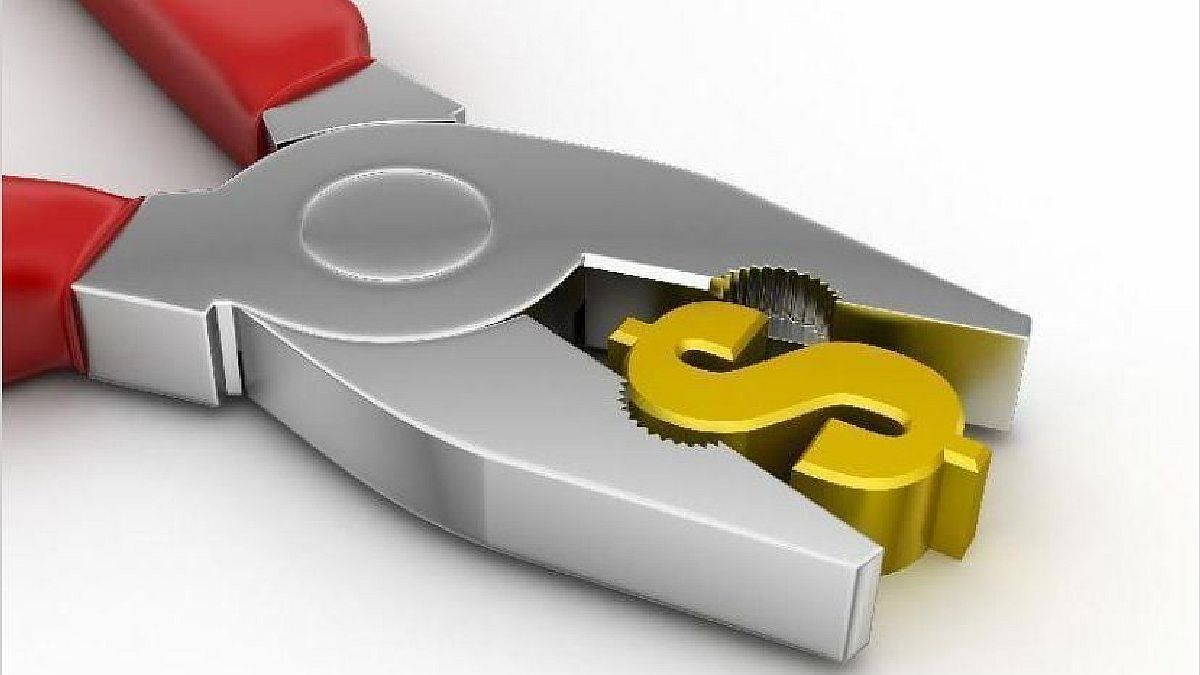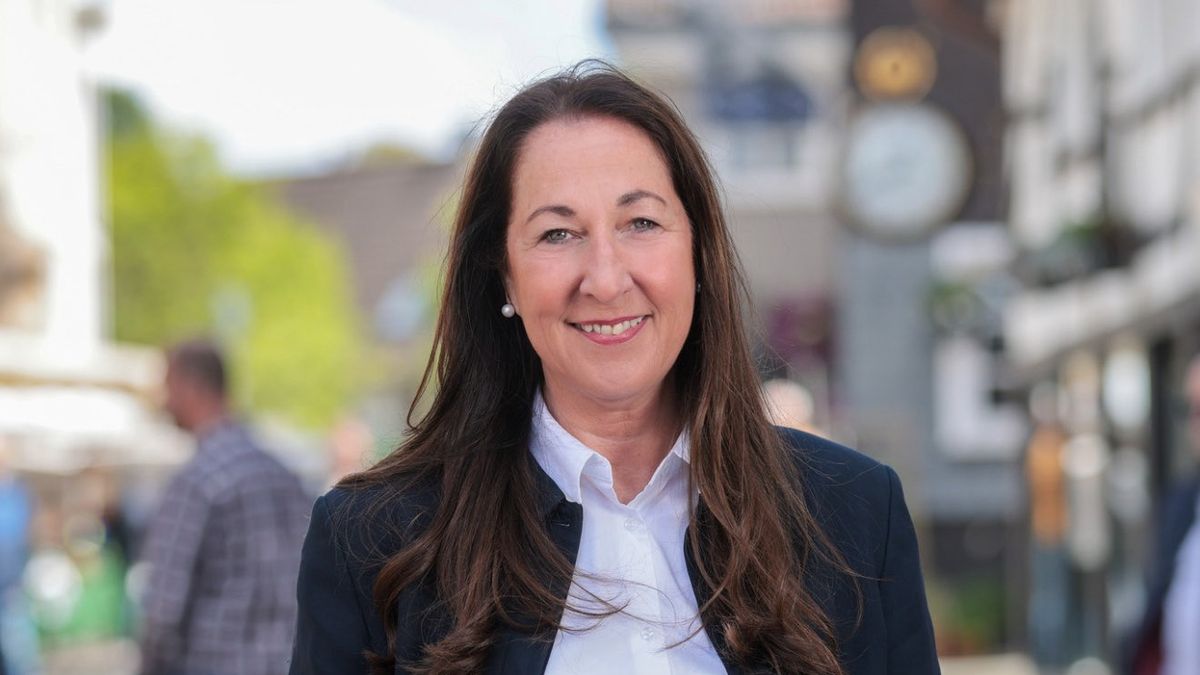On the other hand, it should be mentioned that total income was driven by the tax collection, which rose 63.9% year-on-year in nominal terms and, furthermore, by non-tax income (tax on high net worth). Also on the side of total income, in September, the taxes linked to economic activity and domestic consumption rose considerablyand. If we look at the collection of VAT, climbed 81.3% year-on-year and the check tax reached 80.4%, also in year-on-year terms. Likewise, Earnings grew 80.3% year-on-year. All on a nominal basis. On the balance side, export duties continued to show an upward trend, registering 74.3% year-on-year and import duties 90.6%, year-on-year.
On the primary spending front, there was a rise, in September, of 42.5% year-on-year. Where the items that continued with the adjustment in real terms were: retirements and pensions, social programs (not including the AUH) and transfers to the provinces. If we look at the rest of the items, they were higher than the accumulated inflation in the previous 12 months. Indeed, according to the National Budget Office, in the first 9 months of 2021, the “Covid Spending” represented about $ 303,500 million (equivalent to 0.7% of GDP). While in 2020, for the same period analyzed, it was equivalent to 2.6% of GDP.
In September, social benefits, which account for 60% of total operating expenses, fell 17.7% year-on-year in real terms. Retirements increased nominally, until September, by 36.2%, with accumulated inflation in the first 9 months of the year of 37%, a by-product of discretionary increases by the Executive. While the item “other social programs” (which does not include the AUH) had a year-on-year fall of 59.7% (in real terms), contracting 52% in the accumulated. It should be clarified that this item multiplied by 5.5 times in 2020 and, in 2021, it is reducing by half. It is also pertinent to clarify that spending on public salaries grew again in real terms. In other words, 82.3% year-on-year (against a cumulative inflation of 52.5%). However, until September of this year, public wages continue to decline: they fell 4.4% in real terms, compared to the same period in 2020.
What were the items that drove spending in September? Mainly economic subsidies, transfers to the provinces, interest on the debt and capital expenditures (public works). On the subsidies side, a by-product of the quasi-rate freeze, they remained constant, in real terms, in September 2021. In particular, energy subsidies rose 60%. From January to September, economic subsidies amounted to $ 937.5 billion. In other words, we are talking about an equivalent to 2.2% of GDP. It should be noted, and for next year, that in the 2022 Budget it was projected that subsidies would go from 2.1% of GDP to 1.5% of GDP. As a counterpart of the tax savings that the increase and segmentation of rates would imply.
In second place, transfers to the provinces increased by 43.3% year-on-year in September (in nominal terms). In percentage terms, 6.1% (real). And in the accumulated, they were cut 38.8%, also in real terms. As a third item, debt interest payments rose 20.8% year-on-year in September, compared to the same period of 2020, in real terms. As a fourth, and last considering, “capital expenditures” (public works) increased 113.6% compared to the same month of 2020, in nominal terms. In the accumulated, the increase is 40.1% in real terms. But, public works are recovering from the historic floor of 2020 and most likely, facing future elections, continue to grow.
What conclusions can we reach? As a first point, the fiscal numbers are quite tied to the goal of the Budget 2021. Given the possibility of an agreement with the Fund, this wink is quite important and, as has been pointed out, is one percentage point below the goal of the 2021 National Budget (4.5%). As a second point, This possible scenario would be reached even considering a stimulus of 0.5% of GDP to encourage domestic consumption in the previous general election. Today’s “fiscal cushion” would be enough to be able to negotiate with the IMF a reasonable agreement to unblock the situation. In an arm wrestling that had begun with the issue of rates, at the beginning of the year, today the fiscal measure proposed by the Treasury seems to have prevailed. The question will be after an election and depending on the result of the same.
Professor at the University of CEMA




